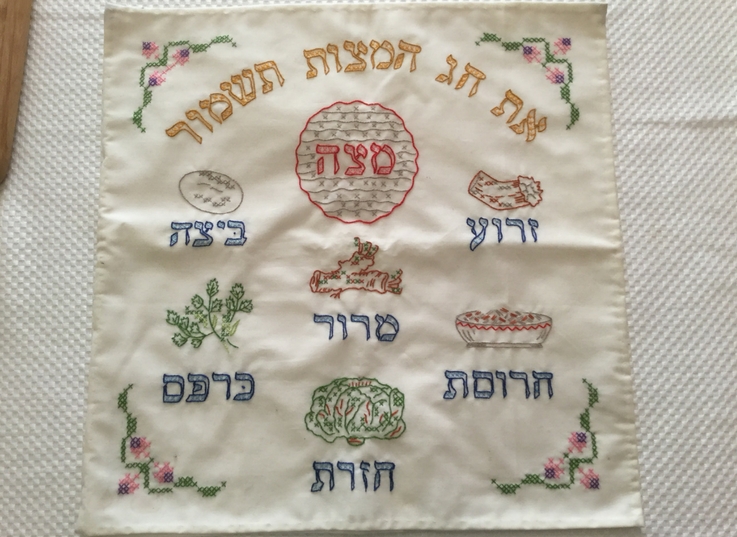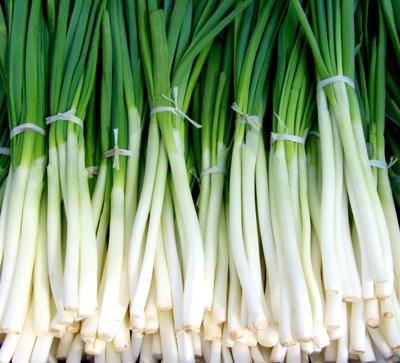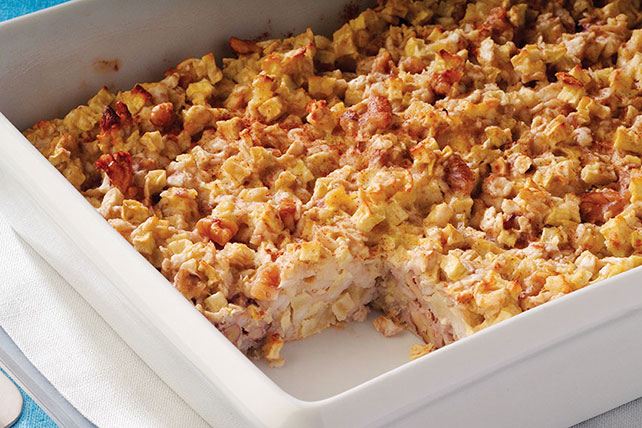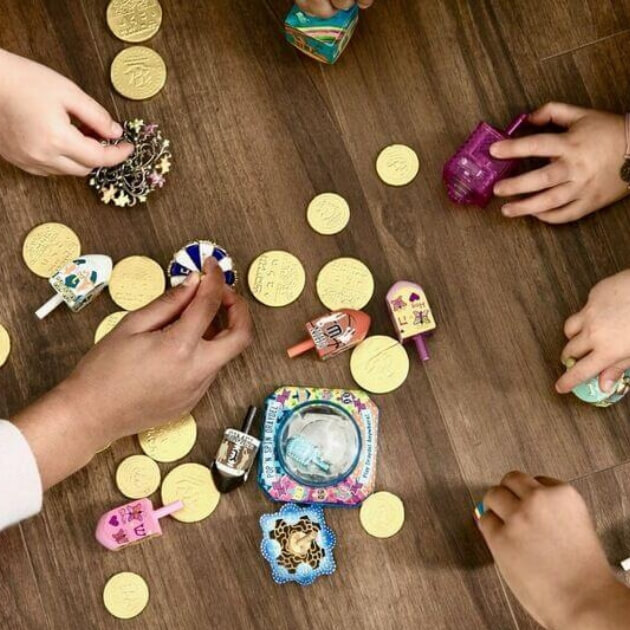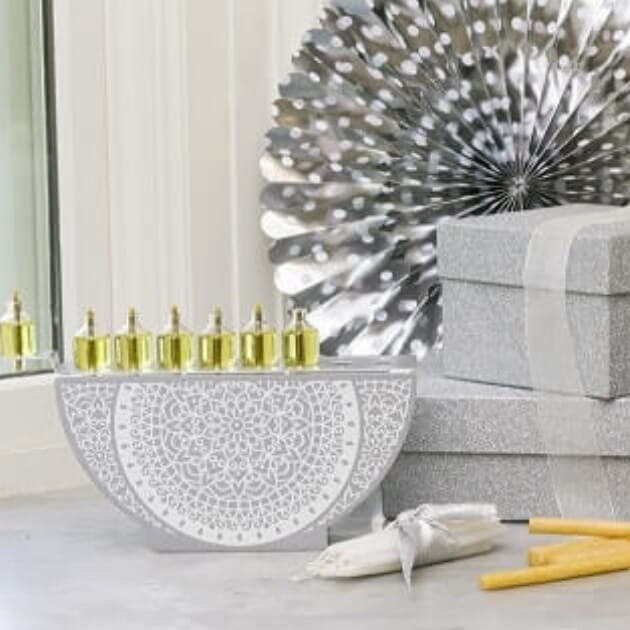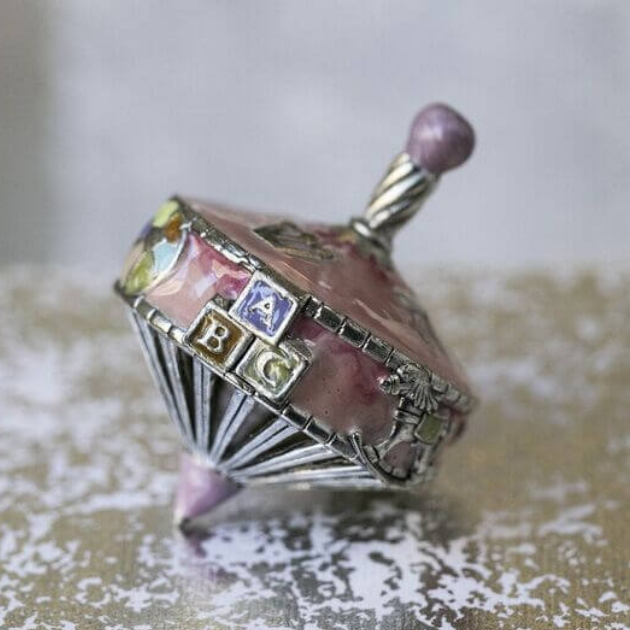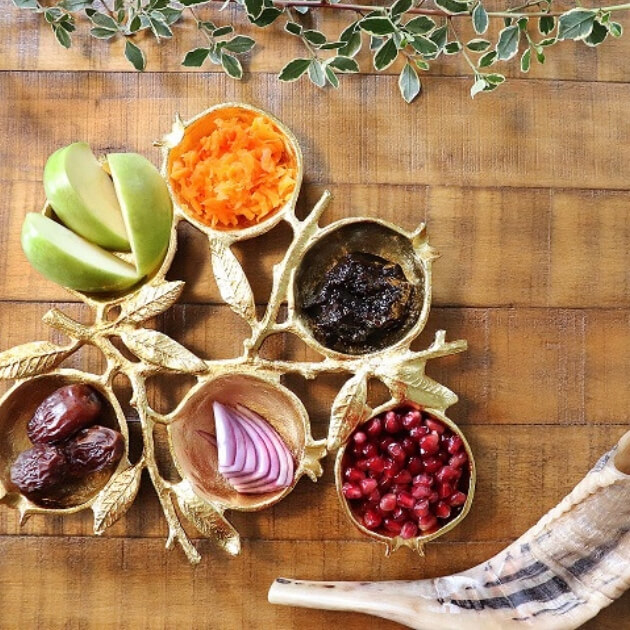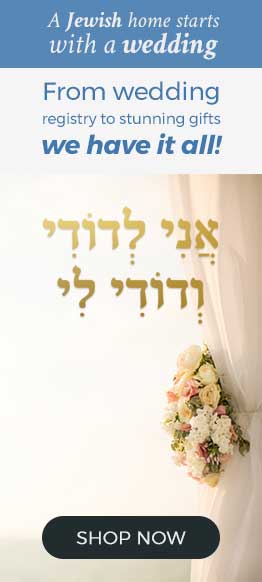Sho-far Sho-good: Your Complete Shofar Guide
- Jan 3, 2017

What’s So Important About A Shofar?
Shofars have always held incredible significance in Israel’s past. Remember learning the story of the Binding of Isaac? Just when his son was spared, Abraham saw a goat that was caught in a bush. He sacrificed it to G-d, and the animal’s horns were turned into two shofars. One that was used at Mount Sinai (Shemot 19:16), and the second, G-d will use to announce the arrival of Moshiach, the Messiah (Genesis 22:13, Isaiah 27:13, Zecharia 9:14). This concept was incorporated into Maimonides’ 13 principles of faith - in number 12, regarding the coming of Moshiach (the Messiah), when the world will develop a greater understanding of goodness, kindness, and G-dliness. Today, shofars are used in schools, community centers, and places of worship. Some shofars exhibit a bent, or curved shape to show a desire to “bend” towards G-d.
Shofars were sounded in biblical times, during holidays, in coronations, at weddings, and in capturing the enemy during war times, such as the Battle of Jericho (Joshua 6:20). Nowadays, a shofar is blown during the high holidays and at important political events. An incredible moment took place when the clear tones of a shofar were heard after the IDF liberated the Western Wall in 1967. Commander Lt. General Mordechai Gur led his company of paratroopers through Jerusalem. He radio messaged his company commanders, “...We’re seeing the Old City. Shortly we’re going to go into the Old City of Jerusalem, that all generations have dreamed about. We will be the first to enter...” Within minutes they heard him say, “The Temple Mount is in our hands! I repeat, the Temple Mount is in our hands!” At this time, chief chaplain General Rabbi Shlomo Goren blew shofar at the Western Wall, signifying its newly liberated status.
When blowing shofar, Ashkenzi Jews consider the ram to be preferable over other animals (Shulchan Aruch, Orach Chaim 586:1, Shulchan Aruch ha-Rav 586:2). With the exception of deer and bull, shofars are taken from horns of kosher animals, including but not limited to the ram, goat, ibex, kudu, and gazelle. Deer horns are solid and cannot be hollowed out to create a shofar either. Blowing a shofar made from a bull would remind us of the sin of the Golden Calf, which is why we refrain from using bovine animals.

Choosing The Right Shofar
Now on to the practical - how to choose your shofar. A typical standard size ram horn shofar is popular in Ashkenazi communities and synagogues and used on Rosh Hashanah. We also carry extra large shofars that are bigger than the standard size (but not as long as the Yemenite shofars).
The larger you go, the deeper the sound resonates. We carry gorgeous, extra long Sephardic shofars, often labeled “Yemenite shofars,” crafted from horns of an African kudu. In Ashkenazi shuls, these extra curved horns with their deep, resonant sounds are used to end Yom Kippur services. In Sephardic communities, they use these extra long, extra curly Yemenite shofars.
Accessories are practical and recommended to purchase along with your shofar. We carry protective shofar bags for easy storing, as well as shofar stands to display them beautifully on a mantle, desk, bookcase, or in the synagogue.
Making The Connection
Raw... mysterious... earthy... the shofar stems from an ancient tradition. When blown, it yields a piercing sound that reaches emotional depths unattainable by human speech. The shofar is traditionally blown during the Jewish month of Elul and high holidays in Tishrei, to show three things: the strength of our regret for anything we did wrong (or not proud of), a promise to do better from now on, and to crown G-d as King. The shofar sounds bring out our inner child, to connect us with G-d on a very basic, pure level - like a child who desperately wants to connect with his father or mother. In the month leading up to Rosh Hashanah, G-d is compared to a king in a field, meaning that He is listening to our prayers and shofar blasts, more accessible than any other time during the year.

Where To Blow A Shofar
Some people are unable to get to the synagogue to hear the shofar on Rosh Hashanah - whether they are elderly, at home, in a senior home, or hospital. Perhaps a woman just gave birth and can't get to the synagogue but would still like to hear the shofar. Some young people practice blowing for times when they may be needed in a college prayer service, to service a smaller community, or for an assembled group in a nursing home. People even go to penal institutions to blow shofar for inmates. It is a thoughtful, considerate mitzvah to visit these individuals to wish them a wonderful holiday and blow shofar for them.
Shofars As Gifts
For this reason, you’ll find shofars in many homes, especially households that are Jewish or Christian. Rustic or polished, these horns serve both decorative and practical purposes, and they make wonderful gifts. When choosing a gift for a bar or bat mitzvah, shofars are a popular choice, especially if they come with shofar stands. A child who particularly goes out of his or her way for others may enjoy receiving a shofar, because it will afford opportunities to blow the instrument for others, allowing them to fulfill the mitzvah (commandment).
If you want to try something a little different, take a look at our stunning Silver Embellished Shofar by Quest Collection. Please note that embellished shofars don’t fulfill the mitzvah of hearing shofar on the holidays; they are decorative and make great gifts for honorees.
Sho-far Sho-good: Kid Shofars
The shofar is often compared to the cry of a child. But how do you get your child/children curious and excited to learn about it? Plastic shofars are great for getting little ones excited about the holidays, and are much easier to blow than real ones. We offer a couple of toy shofars in natural colors that kids love because they are so lifelike. You might introduce real shofars to children as a fun community, synagogue, or back-to-school activity by taking them to a shofar-making event at the local Chabad youth center, usually known as the “shofar factory.”
The first step is to obtain the animal horns. The cartilage is then removed by either boiling in water, or tapping if the cartilage is already loose. It is drilled, shaped with heat, set with cold water, and sanded to a perfection. Some people like the perfectly polished look, while others like a more rustic style, with less sanding. A shofar that is painted, cracked, or broken is not kosher for holiday use. These horns have to be strong and sturdy to survive the shofar-making process.
When the kids are done creating, ask if the program director will challenge the kids to a shofar-blowing contest. See who can make the loudest and the longest blasts. Teach them the four main types of blasts: Tekiyah, Shevarim, Teruah, and Tekiyah Gedola: one long blast, three medium sounds, nine short staccato blasts, and one extra long sound. Explain that the call of the shofar is so powerful it is able to overturn negative heavenly decrees.
Learn about shofar making in less than four minutes. It’s a great clip to show your kids.

About Shofarot Israel
Shofarot Israel combines the talents of two shofar-making families into extraordinary masterpieces – each shofar is lovingly made, and imbued with the unique Bar-Sheshet style of shofar manufacture. A contemporary company with ancient roots, spanning fifteen generations, dating back to 14th century Spain, it has adapted to modern advances and the technological requirements of the international market’s needs. The shofars are manufactured in Israel according to the strictest kosher supervision, producing beautiful shofars with clear tones that differ according to the customs and needs of different communities, including Ashkenazic, Sephardic, and Yemenite, and are all without exception, incredibly crafted.
 Get expert help from team members like Azik
Get expert help from team members like Azik

